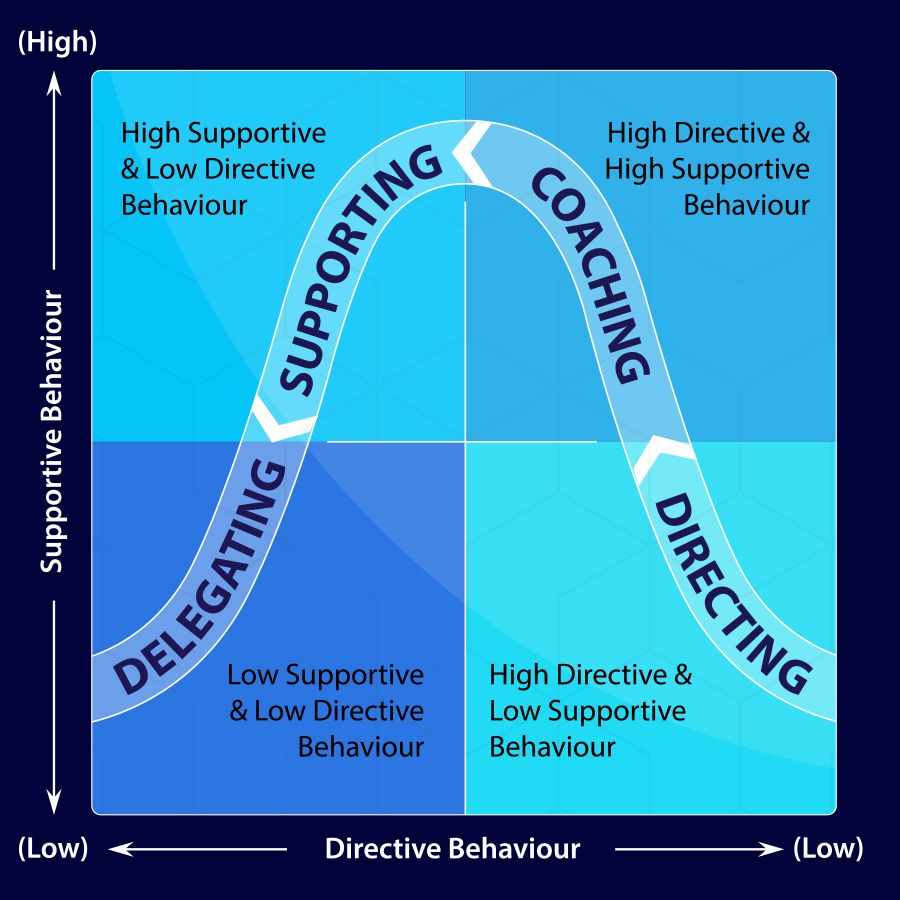* Image courtesy of Omega
Rumours are rife that the next James Bond film, “No Time To Die”, is set to be delayed again from April to autumn this year. If so, that will be the third delay to the release, a scenario that would be a nightmare for a product manager. I’m sure it’s also a nightmare for EON Productions, the makers, and MGM and Universal Pictures, the distributors, but in a different way given that the product is finished. For them, it’s the go-to-market channels that are the stumbling block. Personally, I can’t wait to be able to experience a Bond film again in a large-screen, surround sound, cinema environment, but isn’t it about time we were given the option to pay to see it on-demand? How much of a premium would you pay to see it now? Apparently the streaming services weren’t prepared to pay $600 million for the privilege…
Continuous re-invention
All this got me thinking about the parallels between James Bond films and product management. OK, it’s tenuous, but maybe a bit of fun. The franchise will be 60 years’ old next year, and has had to constantly re-invent itself to remain popular. Sometimes not always that successfully, but it has learnt from its mistakes, and as product managers, we need to do the same. We don’t want our product to be the George Lazenby of Bond films, do we? If we make a hash of a release, like the user experience fail of the Lazenby movie, then best to quickly pivot, learn from our mistake, and maybe restore the previously tried and tested Sean Connery experience until we figure the right way forward.
Another great thing about Bond films is the gadgets that are constantly pushing technology boundaries (and often credibility boundaries too!). As product managers, we are always having to keep up and make calls on the impact the latest technologies may or may not have. Like the micro cameras embedded in jewellery, the scanners in mobile phones, and the endlessly versatile watches and cars in the Bond films, some we get right or simply love, but some you know should never had made it past the drawing board. The bagpipe flamethrower, the radioactive lint, the shower scrub radio… hopefully you don’t have one of those types of product in your portfolio!
How to win
Which brings me to the whole area of feature and product prioritisation—how do you decide what is the right thing to do next? I’ve successfully used the Kano model to make sure we always prioritise something that will delight our customers alongside baseline work we know needs to be done, and when discussing this with one of my team, he nicely summarised it as analysing along 3 dimensions:
- License to operate
- License to compete
- License to win
In the current market, does your proposed set of product features fulfil the need to be operational, to perform successfully and be competitive, and to excite and win over new customers? Just like a Bond film, being operational and competitive may not be enough, you need that extra wow-factor to be really successful, and that can be more important than something else you think you need to compete. These are tough decisions to make, and need to be aligned with your product and business motivations, but don’t underestimate the importance of creating delightful, winning experiences to be successful.
When to kill
This also made me think about the Bond film “License to Kill”, and how as product managers, we need to know when to kill off a product. Again, this is never an easy decision, especially when the product is apparently profitable—for example, when you have only a few developers maintaining it. Customers will suffer if you end-of-life the product, and it’s paying its way, so why try to move customers onto a newer product? Some things to consider that are often missed or overlooked:
- Will your development resource move on because they are dissatisfied with just doing maintenance, leaving your customers in the lurch with a product you can’t support?
- How many hidden costs are there to maintaining the product, such as hosting and infrastructure overhead, support overhead, management time overhead?
- What are the opportunities lost by having developers work on a product with no growth versus a newer product that could bring much higher long-term revenues?
With end-of-life decisions, good communications and careful timing are critical to success. Announcing end-of-life too early will drive customers to look at competitors, but leaving it too late could be damaging to the revenue growth and profitability prospects of your business. As with “No Time To Die”, timing is everything.
Which Bond are you?
Which makes me think, what fun could we have with Bond film titles in a product management context, and how do the different types of product managers align with the different styles of Bond actors?
- Does “Dr No” describe you as a product manager, or maybe “Never Say Never Again” would be better?
- How about “For Your Eyes Only” to represent your key stakeholder program?
- Or perhaps “The World is Not Enough” for your product ambitions?
One final thought: perhaps “Live And Let Die” represents asymptomatic anti-vaxxers? All I know is, I can’t wait to have this virus defeated and be able to see “No Time To Die”!









